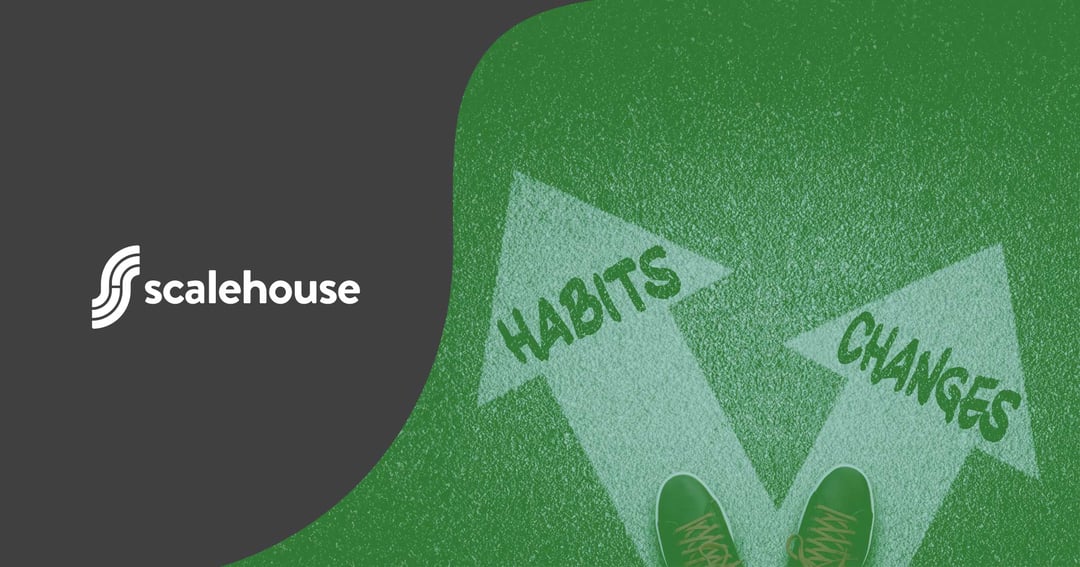Atomic Habits: The Compound Interest of Behavioral Change
 Kristin Luck
Kristin Luck
I use the concept of compound interest to make a lot of the financial decisions in my life. If you’re not familiar with compound interest (or compounding interest), it's interest calculated on on your initial monetary principal, which also includes all of the accumulated interest from previous periods on a deposit or loan.
But did you know that this same concept can be applied to behavioral change, which is one of the most confounding roadblocks to business growth and personal development?
Compound interest is calculated by multiplying the initial principal amount by one plus the annual interest rate raised to the number of compound periods minus one. And as you can imagine, when calculating compound interest, the number of compounding periods makes a significant difference.
Anytime I'm considering a major purchase, I think, "Do I want to make this purchase, or would I rather invest the money and let it reap the benefits of compound interest over the next 20 years?" Similarly, when considering behavioral changes, I ask myself, "Do I want to continue with my current habits, or would I rather invest in small, consistent improvements that will yield remarkable results over time?"
JUST LIKE INVESTING, WHEN YOU ADD A COMPOUNDING EFFECT, TINY CHANGES IN YOUR BEHAVIOR CAN YIELD REMARKABLE RESULTS.
 A few years ago, I read James Clear’s “Atomic Habits”, which uses the same concept of compound interest to facilitate behavioral change. If you’ve made New Year’s resolutions in 2024 that you’re already backsliding on, I’d highly recommend this book. Clear maps a process for micro-changes (1% per day) which, over time (thanks to the compounding effect!), lead to macro-changes.
A few years ago, I read James Clear’s “Atomic Habits”, which uses the same concept of compound interest to facilitate behavioral change. If you’ve made New Year’s resolutions in 2024 that you’re already backsliding on, I’d highly recommend this book. Clear maps a process for micro-changes (1% per day) which, over time (thanks to the compounding effect!), lead to macro-changes.
This is the same advice I give to executive teams that are too embroiled in working IN vs ON the business. Micro changes in time spent month over month (20% ON/80% IN, then 30% ON/70% IN etc.) are impactful even if they don’t seem to be in the moment. Just like investing, when you add a compounding effect, tiny changes can yield remarkable results.
For example, rather than setting a goal of spending an hour each day on sales outreach, set a micro-goal of 10 or 15 minutes. Want to improve your presence on social media? Rather than setting an aggressive posting goal, commit to one post per week and then, gradually, increase your posting activity over time.
What are the new habits you’re focused on cultivating in 2024? We’d love to hear from you.

